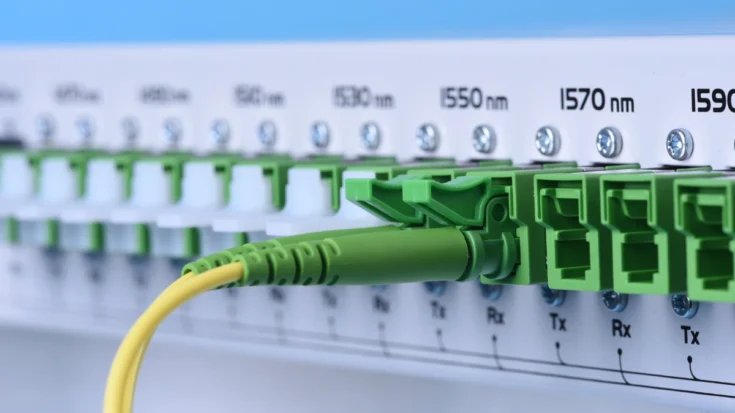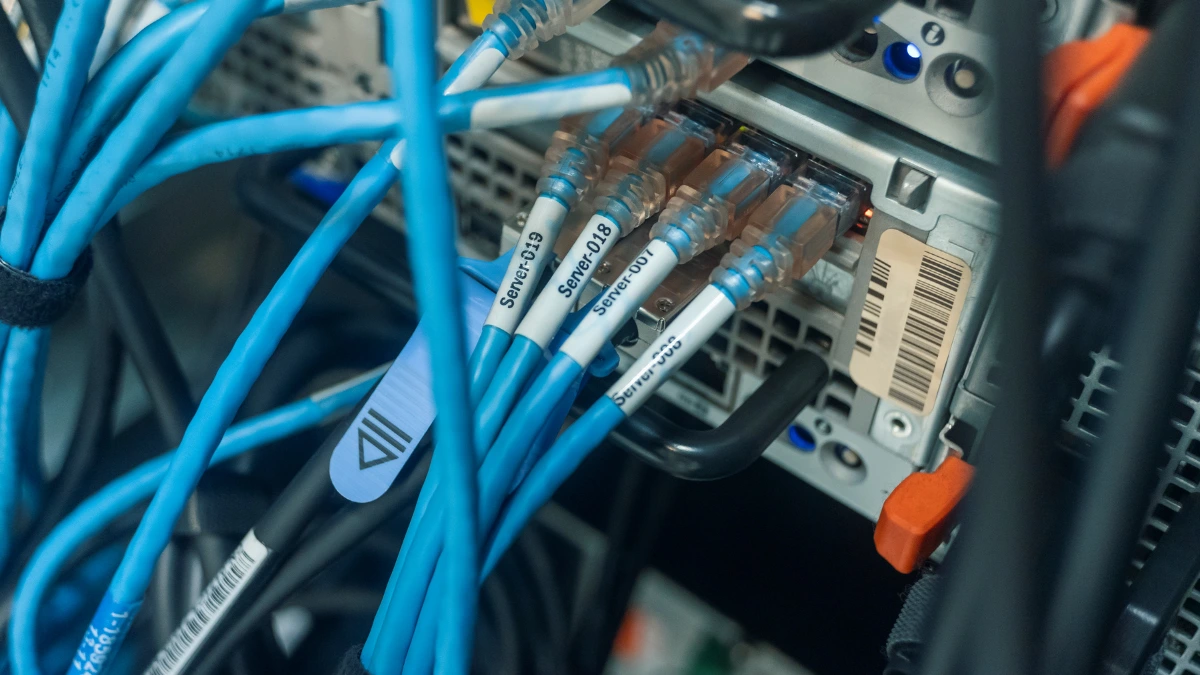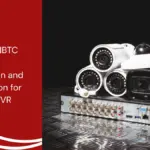Dense Wavelength Division Multiplexing (DWDM) emerged as an evolution of advanced fiber optic technology in an effort to gain greater data transmission capabilities.
Dense Wavelength Division Multiplexing combines various light signals of different wavelengths into a single optical fiber, resulting in unprecedented data carrying capacity without the need for additional cumbersome physical infrastructure.
This article will explore Dense Wavelength Division Multiplexing from a basic definition, trace the development of the technology, and explain the key advantages it offers, especially in enabling high-capacity long-distance data communications.
Also Read
Table of Contents
What is Dense Wavelength Division Multiplex?

Dense Wavelength Division Multiplexing (DWDM) is a development technology from Wavelength Division Multiplexing (WDM) that allows the combining of many light signals with different wavelengths through a single optical fiber.
In other words, DWDM allows high capacity data transmission through one optical fiber, without the need to add new optical fibers. With DWDM, it is possible to transmit data traffic between continents through repeaters with lower light attenuation.
The Development of Dense Wavelength Division Multiplex
DWDM technology, which is an improvement on the first invention of WDM (Wavelength Division Multiplexing) in 1980, has evolved with the ability to deliver greater data communication traffic capacity.
DWDM technology with its high bandwidth in its time was very helpful for long-distance transmissions that relieved congestion in metro and regional areas.
The word “dense” in DWDM describes that the system has a smaller distance between wavelengths than WDM. DWDM provides a better solution for using existing fiber optics to gain bandwidth effectiveness.
The Advantages of Dense Wavelength Division Multiplex

Dense Wavelength Division Multiplexing (DWDM) has several key advantages, especially in improving the capacity and efficiency of fiber-optic networks. Here are some of the advantages of DWDM:
1. Increased transmission capacity
The main advantage of DWDM is the increased transmission capacity. It allows sending multiple data channels simultaneously over a single optical fiber, thus increasing the transmission capacity significantly.
2. Long-distance transmission
Another advantage of DWDM is its ability to transmit over long distances. DWDM is capable of transmitting data across longer distances compared to other technologies, as it can keep the wavelengths close together.
3. Flexibility of managing the network
DWDM technology allows the separation of data channels based on needs. Its ability to prioritize data channels certainly provides flexibility in managing the network.
4. Fast transmission quality
Since data flows through different wavelengths, the streams or channels do not interfere with each other, thus maintaining data integrity. DWDM enables faster data transmission due to increased bandwidth and data channel separation.
5. Cost-effective deployment
The most important advantage of DWDM is its cost-effective use. By increasing transmission capacity over a single optical fiber, DWDM can reduce investment and operational costs compared to adding new optical fibers.
Those are the definition, the development, the advantages of a Dense Wavelength Division Multiplexing that you need to know. Another thing to note is that DWDM on the market must pass the certification test from the Directorate General of Digital Infrastructure (DJID).
With DJID certification, users can feel calm about using a DWDM technology whose quality and security are guaranteed. For manufacturers or importers of DWDM technology, obtaining certification from DJID is a mandatory step before the device can be officially marketed in Indonesia.
To simplify the certification process, you can use Type Approval Certification Services for ICT Products are available to assist with this process as a reliable solution.











